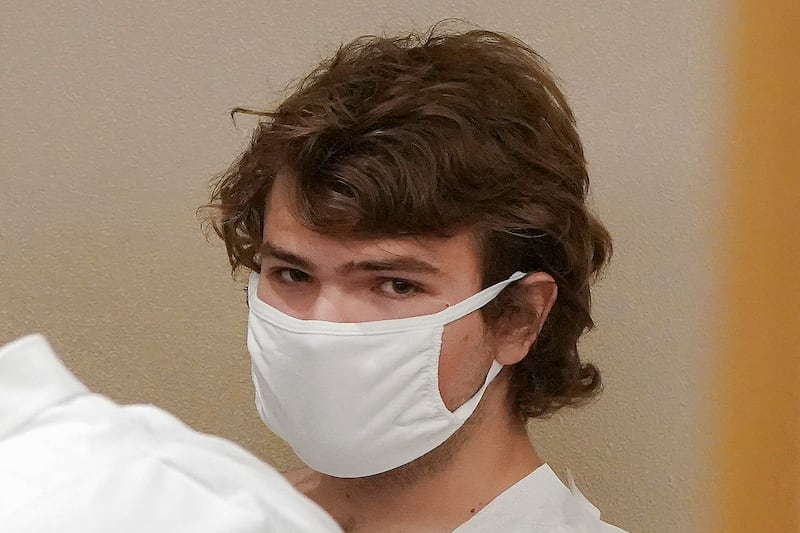Even though gamer platform Twitch said it was able to shut down a livestream of the Buffalo mass shooting less than two minutes after the racially motivated violence began on Saturday, the video was copied, redistributed and has been viewed millions of times since the incident.
Ten people died and three people were injured at a Buffalo grocery store. Eleven of the victims were Black and two were white.
And, it’s been revealed that the suspected shooter, 18-year-old Payton Gendron, found motivation in the idea of recording the murders as they happened.
Real-time horror: Using online tools to sensationalize his terror, and to invite participation and emulation, the suspected gunman broadcast his attack on the livestreaming service Twitch, using a GoPro camera mounted on his helmet, according to The Washington Post.
Gendron wrote in a document dated May 12 that he wanted everyone to “watch and record,” per the Post, but screenshots from Gendron’s Twitch stream show only about 22 people were viewing at the time of his rampage.
By Sunday morning, videos showing the carnage had begun circulating online, including in at least one linked post on Facebook that was online for 10 hours and had gained more than 500 comments and 46,000 shares, per the Post.
The New York Times reports that a clip from the original video — which bore a watermark that suggested it had been recorded with a free screen-recording software — was posted on a site called Streamable and viewed more than 3 million times before it was removed. And a link to that video was shared hundreds of times across Facebook and Twitter hours after the shooting.
“Live streaming this attack gives me some motivation in the way that I know that some people will be cheering for me,” the suspected shooter wrote in documents posted online before the attack, the Times reported.
What can be done? Social media and content moderation experts said Twitch’s quick response was the best that could reasonably be expected, per The New York Times. But the fact that the response did not prevent the video of the attack from being spread widely on other sites also raises the issue of whether the ability to livestream should be so easily accessible.
“I’m impressed that they got it down in two minutes,” Micah Schaffer, a consultant who has led trust and safety decisions at Snapchat and YouTube, told the Times. “But if the feeling is that even that’s too much, then you really are at an impasse: Is it worth having this?”
A racially motivated attack: A document circulated widely online seemingly outlines Gendron’s racist, anti-immigrant and antisemitic beliefs. Among them was a desire to drive all people not of European descent from the U.S. The document seemed to draw inspiration from the gunman who killed 51 people at two mosques in Christchurch, New Zealand, in 2019. A portion of that attack was also livestreamed.
Contributing: Associated Press


 alt=Art Raymond
alt=Art Raymond